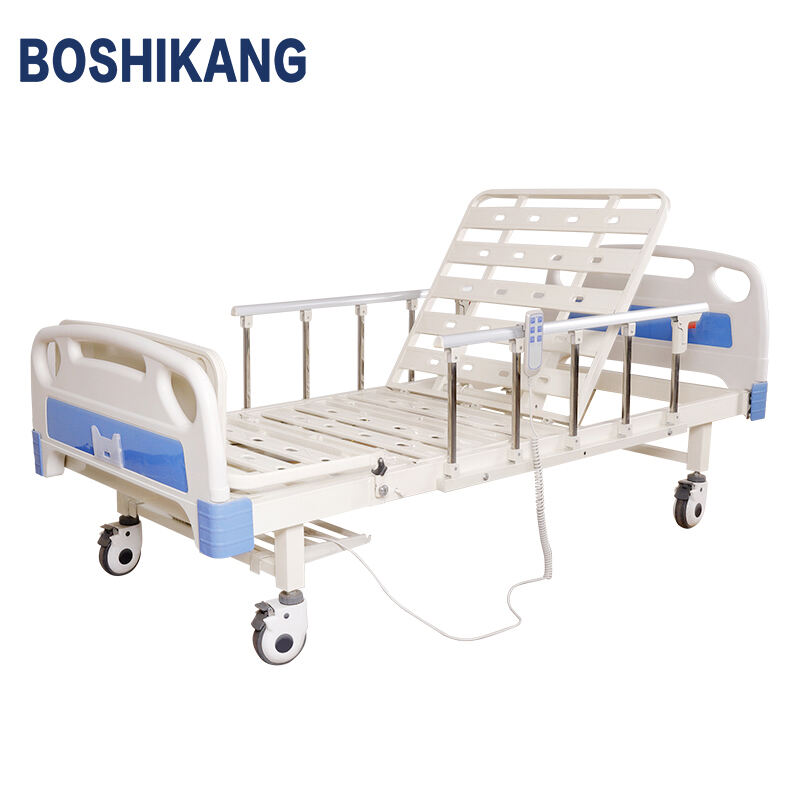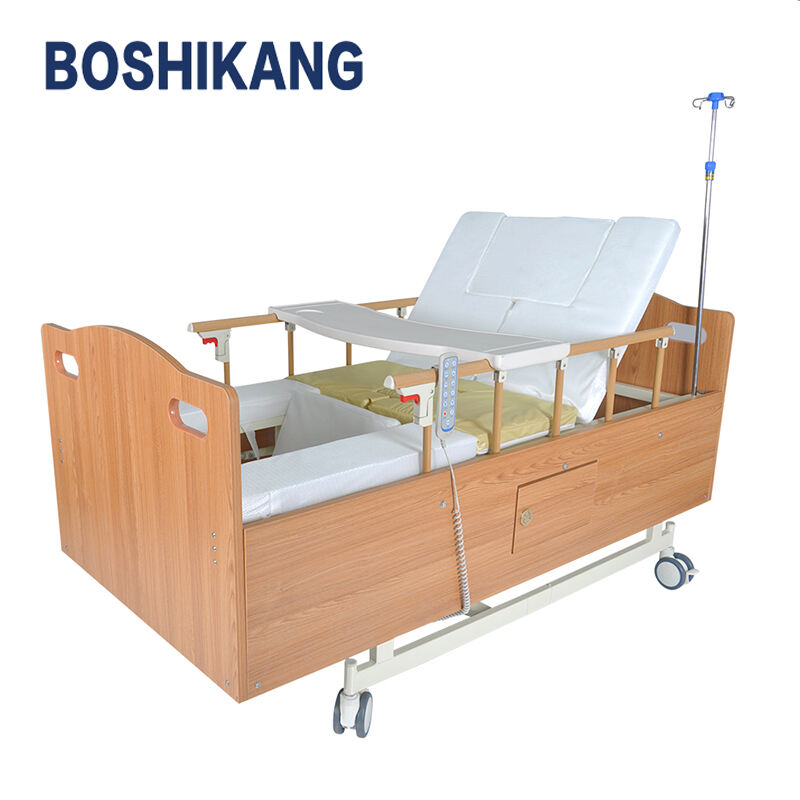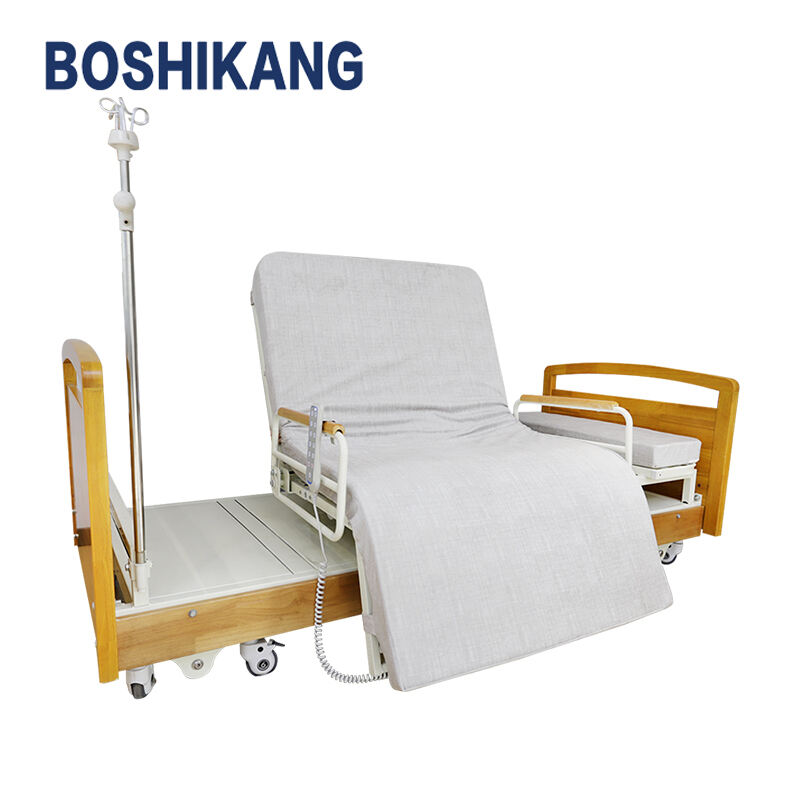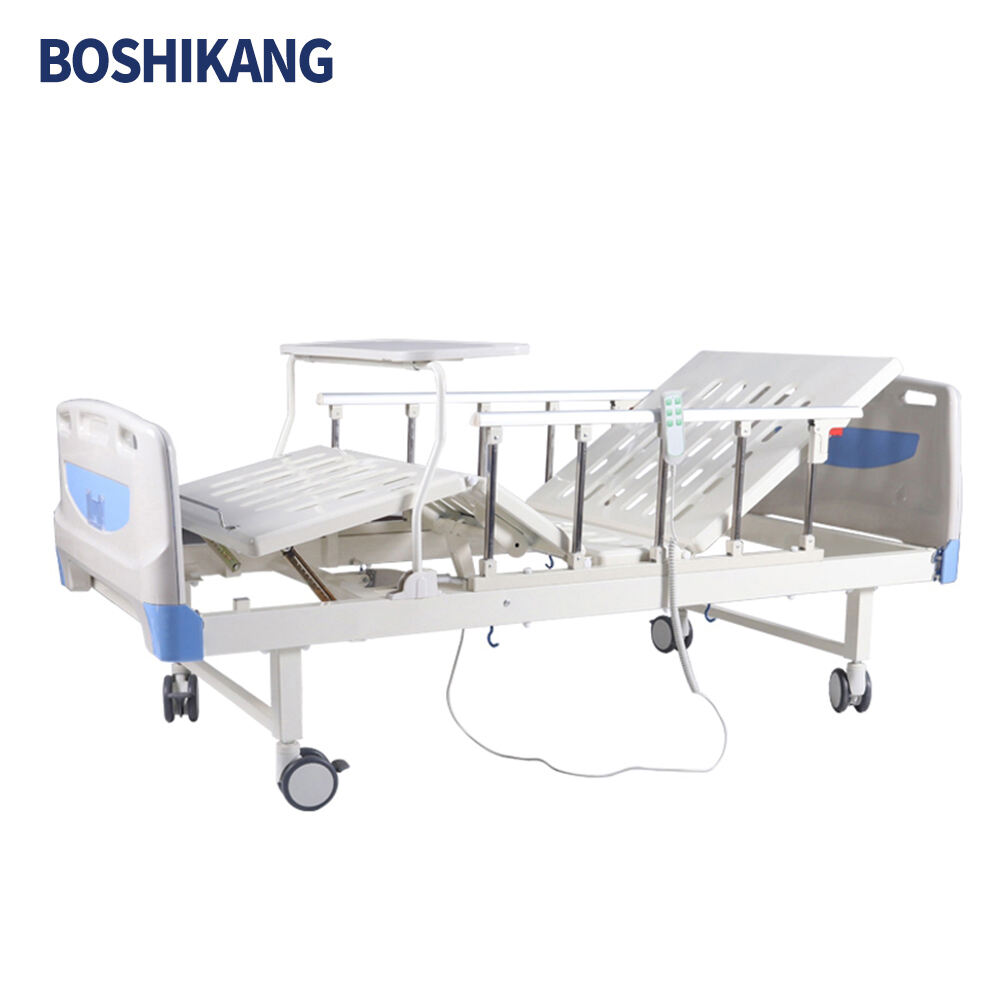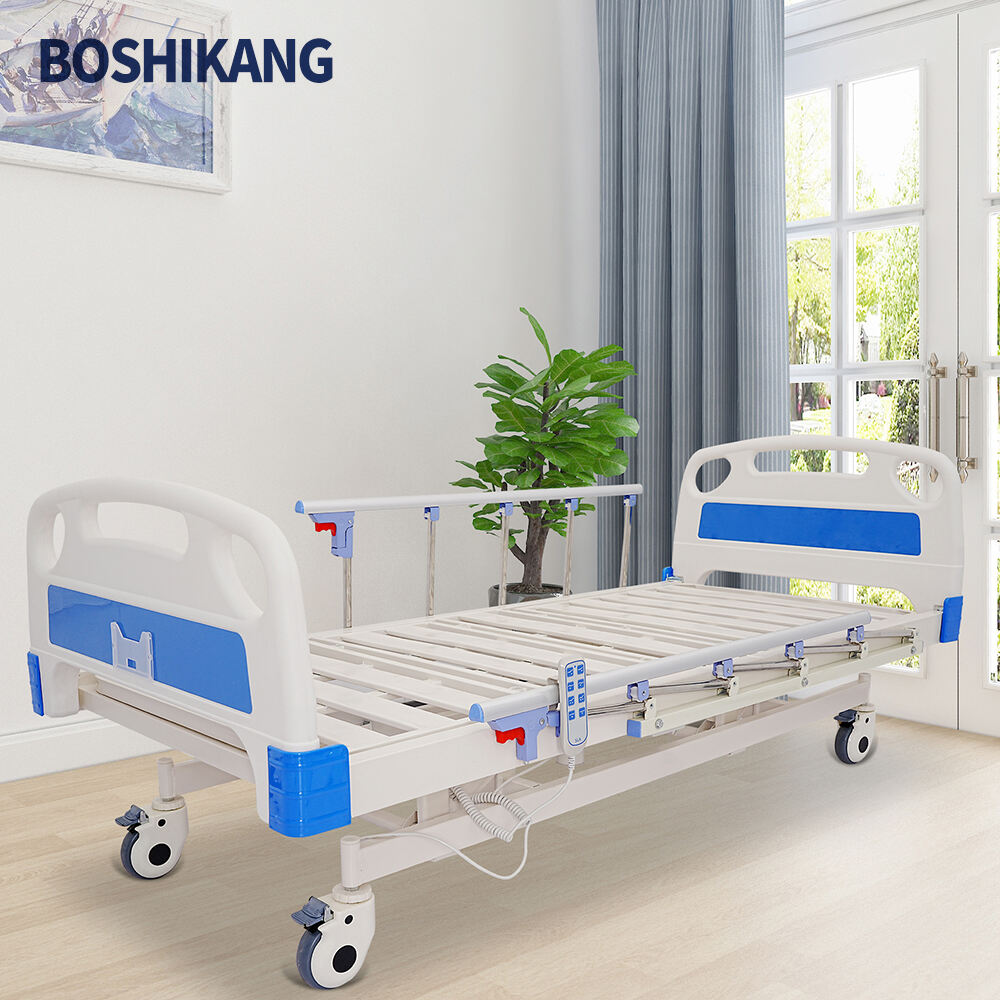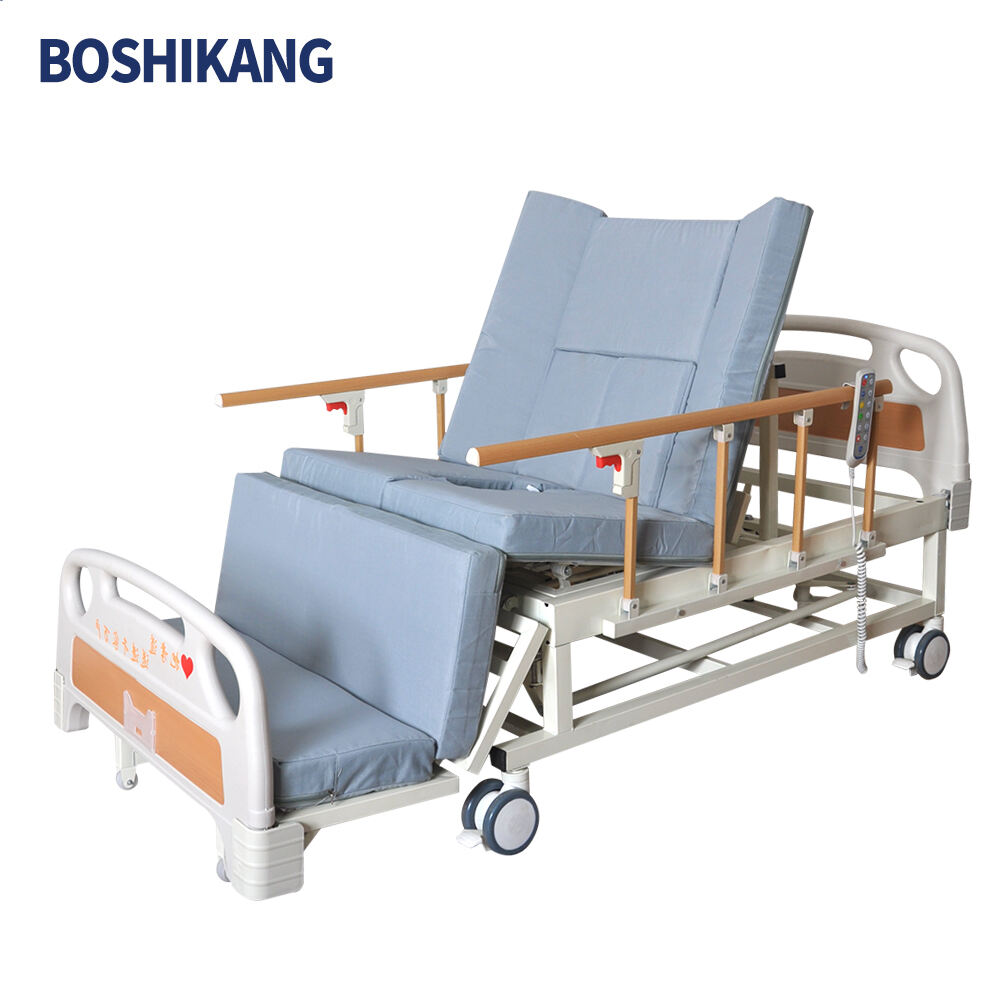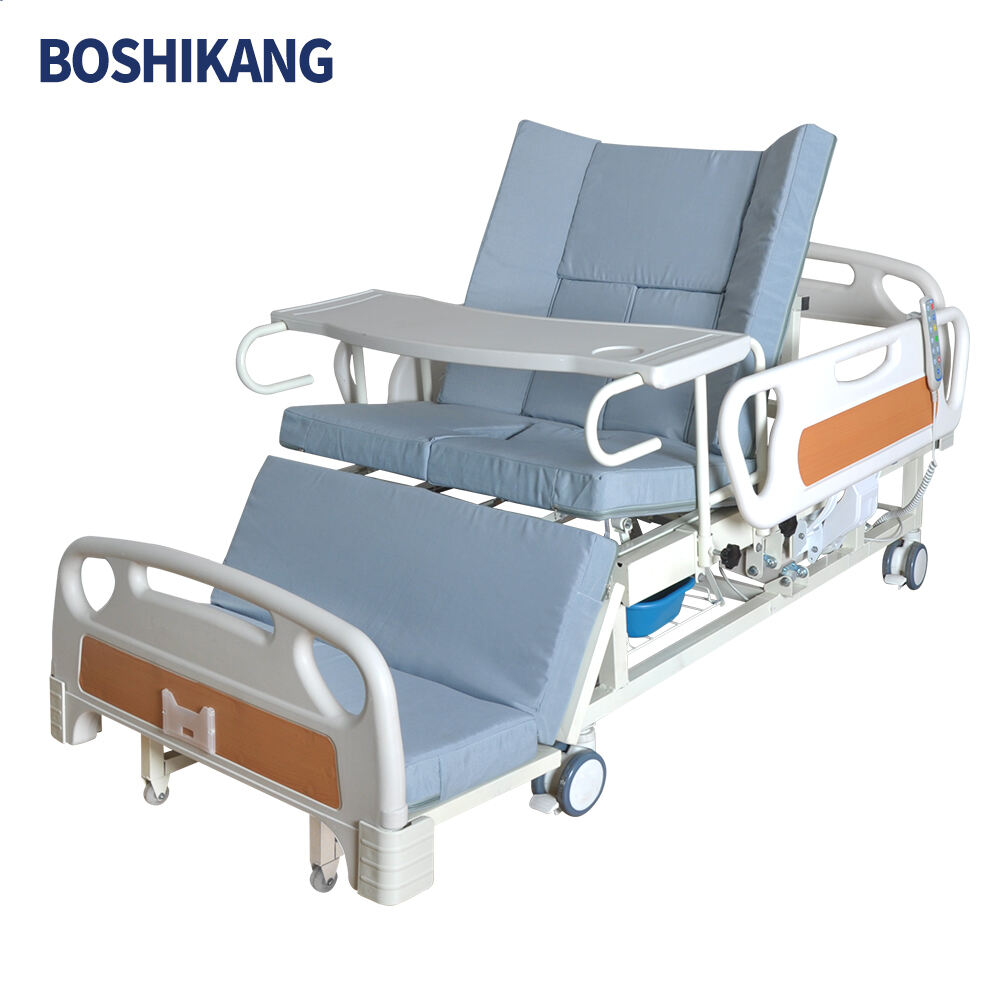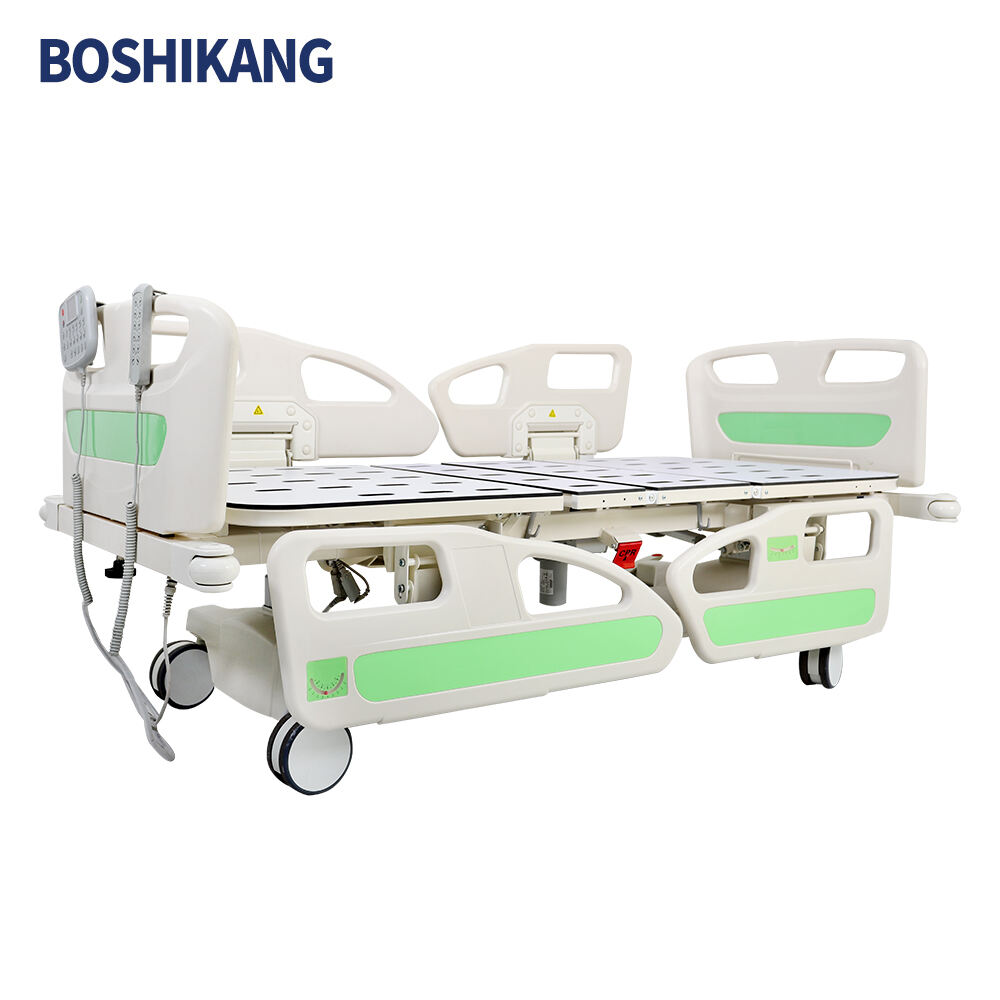electrically operated beds
Electrically operated beds represent a significant advancement in modern healthcare and home comfort solutions. These innovative beds combine sophisticated electronic controls with ergonomic design to provide adjustable positioning and enhanced comfort for users. The primary functions include height adjustment, backrest elevation, leg raising, and in some models, lateral tilting capabilities. Each function is controlled through an intuitive hand controller or touch panel, allowing users or caregivers to make precise adjustments with minimal physical effort. Advanced models feature programmable memory positions, enabling users to save their preferred configurations for easy access. The beds incorporate safety features such as battery backup systems for emergency power outages, side rail protections, and anti-entrapment designs. Many models also include integrated pressure relief systems and specialized mattress compatibility. These beds find applications in various settings, from hospitals and nursing homes to private residences, serving both medical needs and personal comfort preferences. The technology behind these beds continues to evolve, with newer models incorporating smart features like WiFi connectivity, position monitoring, and integration with healthcare management systems.

